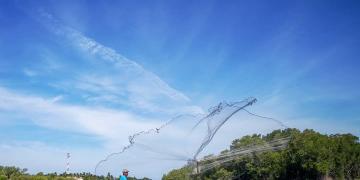Incentivar la participación social como motor de la transformación
Reforestación de manglares financiada por el proyecto y apoyada por la comunidad
Posicionamiento de los grupos de mujeres como agentes de cambio
Iniciativas colectivas para el manejo de riesgos y reducción de la vulnerabilidad
Construyendo alianzas estratégicas multinivel y multi-actor
